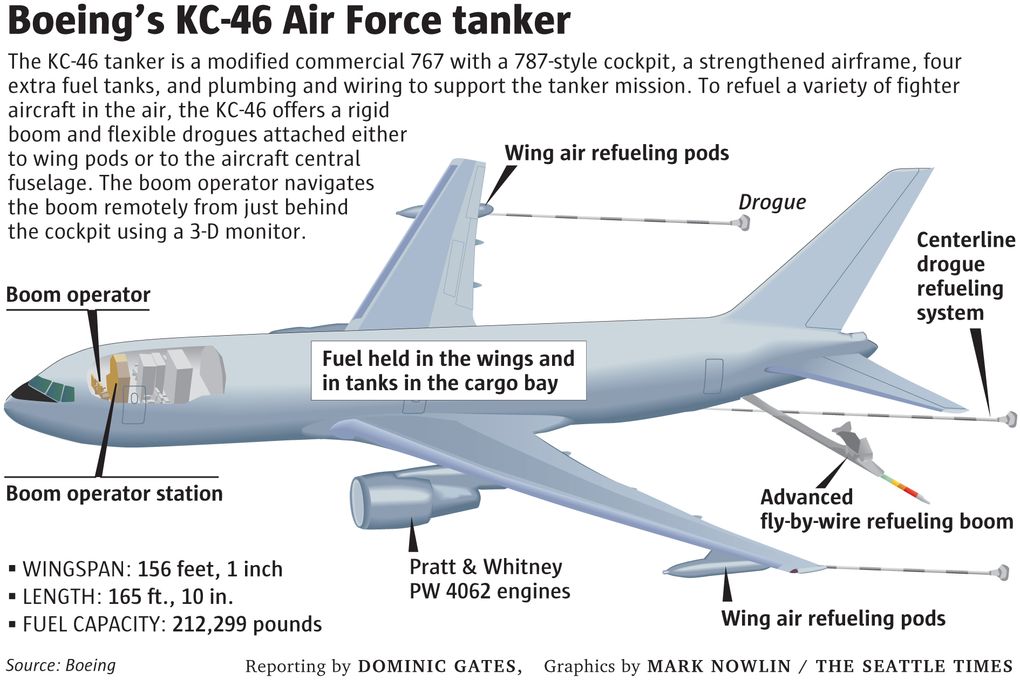Currently, Etihad is reviewing its fleet requirements and purchasing commitment with both Airbus and Boeing. The outstanding orders are the talk for both makers. A quick and dirty order round-up show this:
A split fleet with both Airbus and Boeing making headway into the Etihad stable. Etihad has 62 Airbus A350-900's on order with zero delivered thus reflecting a notation as 62/0. It also has 40 787-9's ordered with 19 787-9's delivered noted as 40/19.
A320- 32/32
A330- 24/24
A350- 62/0
A380- 10/10
787-9 40/19
787-10 30/0
777-ER 22/22
777X's 25/0
Airbus fleet equals 66 units with 62 undelivered A350-9's
Boeing fleet equals 41 units. with 76 undelivered wide-bodied aircraft
Etihad is stuck with offending one aircraft supplier over the other if it cuts its fleet backlog during its fleet order and reduction mode.
The thoughts on the table have a few questions surrounding those ideas.
Does the A350-900 have an unused range of its current fleet strategy?
Does the undelivered 787-10 fill the A-350's future purpose?
Can the 787-9 backlog fill the remainder of the A350-900's purpose if it were introduced into its fleet?
There are more questions than plausible answers at this time, but it has already received 19, 787-9's, and that makes it harder for the Airbus A350 portion of its back orders to be delivered when it hasn't taken even one delivery for its type. It can be "assumed", Etihad will trim its widebody backlog with only one airframer. If it does, it will order more frames from the other unaffected airframer who has already delivered. Both Airbus and Boeing have delivered A330 and 787 types. There will be no new A380 orders. The 777X is the lynch-pin in this discussion. Etihad has both the 777-8x and 9X ordered and it signals the Airbus order for 62, A350-900's may go the way of the Dodo bird?
Having yet added the 787-10 and with 21 more 787-9's on the books makes sense Etihad can cover the Boeing spread of types over the market when eliminating the Airbus A350 order.
Yet to be received from Boeing are as follows:
787-9 21
787-10 30
777-8X 8
7779X 17
Total: is 76 units from 280 seats to 405 seats per unit with the range and efficiency required by Etihad.
Airbus become the loser in this situation as it will become too expensive for Etihad to have 62 More A350's when the Boeing family already ordered can cover an unfilled order gap if the Airbus order for the A350 is canceled. It still can opt for more A330's until Etihad grows into its orders with the 787-10.
